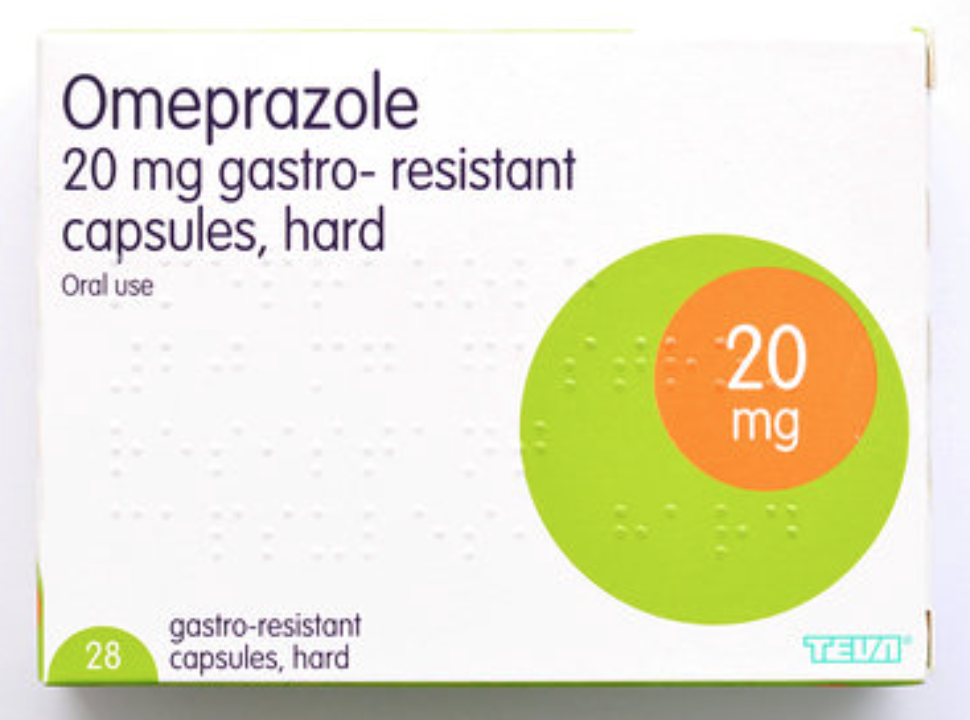PPI therapy - cautions and associations

What are the so-called associations?
– Bone fracture
– Hypomagnesaemia
– Vit B12 deficiency
– Gastric cancer
– C.Diff infection
– Changes to gut microbiome
– Dementia
– CKD
– Pneumonia
What does NICE say?
Contraindications and cautions
- Proton pump inhibitors (PPIs) should not be prescribed to people:
- With alarm symptoms before endoscopy, as PPIs may mask the symptoms of upper gastrointestinal malignancy. If the person is already taking a PPI and subsequently needs an endoscopy, the PPI should be stopped at least 2 weeks before the procedure.
- PPIs should be prescribed with caution to people:
- At risk of osteoporosis — the person should maintain an adequate intake of calcium and vitamin D, and if necessary, be given additional bone-sparing therapy.
- At risk of hypomagnesaemia — if possible, magnesium levels should be checked before starting PPI therapy and intermittently during long-term treatment, for example if the person is prescribed drugs that can cause hypomagnesaemia, such as digoxin and diuretics.
Adverse effects
Adverse effects of proton pump inhibitors (PPIs) are usually mild and reversible.
- Adverse effects include headache, diarrhoea, nausea, vomiting, abdominal pain, constipation, and dizziness.
- Less common adverse effects include dry mouth, peripheral oedema, sleep disturbance, fatigue, paraesthesia, arthralgia, myalgia, pruritus, and rash.
- Rare or very rare adverse effects include:
- Subacute cutaneous lupus erythematosus (SCLE), which can occur weeks, months, or years after exposure to a PPI. If suspected discontinue the PPI and seek specialist advice if needed [MHRA, 2015].
- Severe cutaneous adverse reactions (SCARs) including Stevens-Johnson syndrome (SJS), toxic epidermal necrolysis (TEN), drug reaction with eosinophilia and systemic symptoms (DRESS) and acute generalized have been reported very rarely and rarely with omeprazole treatment.
- Taste disturbance, hepatitis, jaundice, depression, confusion, hallucinations, hyponatraemia, leucopenia, leucocytosis, pancytopenia, thrombocytopenia, visual disturbances, sweating, photophobia, and alopecia.
- Long-term PPI treatment may be associated with uncommon, serious adverse effects such as:
- Hypomagnesaemia — symptoms include muscle twitching, tremors, vomiting, fatigue, and loss of appetite. Case reports after one year of PPI therapy, but may occur after 3 months. This usually improves after magnesium replacement therapy and discontinuation of the PPI [MHRA, 2012]. Hypomagnesaemia may lead to hypocalcaemia and/or hypokalaemia.
- Increased risk of fractures — especially when used at high doses for over a year in the elderly [MHRA, 2012].
- Clostridium difficile infection — due to the effect of decreasing gastric acidity.
- Rebound acid hypersecretion syndrome — may occur after stopping long-term PPI therapy, although this may be more a theoretical risk than clinical phenomenon.
Drug interactions
Possible drug interactions with proton pump inhibitors (PPIs) include:
- Digoxin — PPIs may cause a small rise in serum digoxin levels (although not considered clinically significant). The manufacturer of lansoprazole suggests that digoxin levels should be monitored if lansoprazole is started or stopped.
- Warfarin — PPIs can occasionally enhance the effects of warfarin. The international normalized ratio (INR) should be monitored in people taking warfarin if omeprazole, pantoprazole, or esomeprazole is started or stopped.
- Methotrexate — PPIs possibly reduce excretion of methotrexate, leading to an increased risk of methotrexate toxicity.
- Phenytoin — omeprazole and esomeprazole can occasionally enhance the effects of phenytoin. The manufacturers recommend that people taking phenytoin are carefully monitored if omeprazole or esomeprazole is started or stopped.
- Azole antifungals — the absorption of ketoconazole or itraconazole may be reduced during PPI treatment. Dose adjustment of the antifungal drug may be required during long-term PPI treatment.
- Clopidogrel — omeprazole and esomeprazole reduce the antiplatelet effect of clopidogrel, and concomitant use should be avoided. The other PPIs may also reduce the efficacy of clopidogrel, and this risk should be weighed against the potential benefit of the PPI [MHRA, 2010].
- Protease inhibitors — PPIs can significantly affect plasma levels of some protease inhibitor drugs, including:
- Atazanavir — concurrent use of PPIs and atazanavir is not recommended as the absorption of atazanavir may be affected by a PPI (due to changes in gastric acidity). This may lead to a reduced plasma concentration of atazanavir which may affect its efficacy. If concurrent use is necessary, seek specialist advice.
- Saquinavir — plasma concentration of saquinavir may be increased by PPI treatment, leading to increased risk of adverse effects.
- Tipranavir — concurrent use with omeprazole or esomeprazole is not recommended, as tipranavir may reduce the plasma concentration of the PPI. If concurrent use is necessary, seek specialist advice.
PPI | Full or standard dose | Low dose (on-demand dose) | Double dose |
Omeprazole | 20 mg once a day | * 10 mg once a day | 40 mg once a day |
Lansoprazole | 30 mg once a day | 15 mg once a day | * 30 mg twice a day |
Pantoprazole | 40 mg once a day | 20 mg once a day | * 40 mg twice a day |
Rabeprazole | 20 mg once a day | 10 mg once a day | * 20 mg twice a day |
Esomeprazole | † 20 mg once a day | Not available | ‡ 40 mg once a day |
Doses should be given 30 minutes before breakfast and (if needed) 30 minutes before the evening meal, to provide optimal control of gastric pH. | |||
* Off-label dose for GORD. | |||
† This is lower than the licensed starting dose in GORD, but is considered to be dose-equivalent to other PPIs. | |||
‡ This dose is recommended for double dose, because the 20 mg dose of esomeprazole is considered to be equivalent to omeprazole 20 mg. | |||
Data from: [NICE, 2014] | |||
